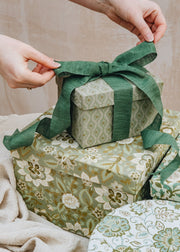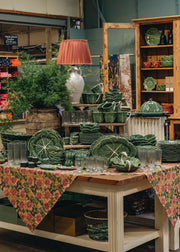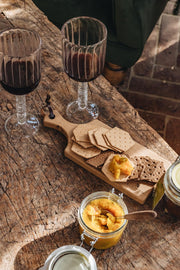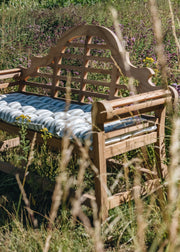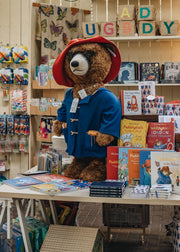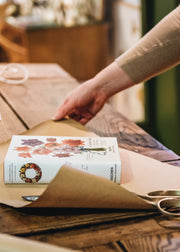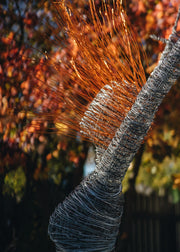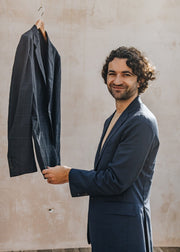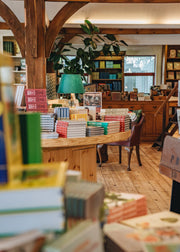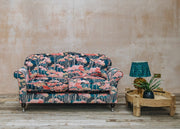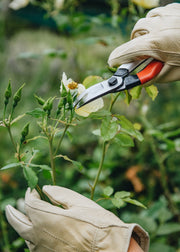In Conversation with Jane Shaw
We meet with the acclaimed artist to learn more about her practice and process behind each of her unique, charming creations.

I find it's a combination. Generally when I am working on my own projects, I draw on knowledge I have of the subject, such as a horse or cockerel, and use my own sentiments to explain what I want to say. For instance, during lock down, I worked on a piece called ‘Isolation’, because I knew many of us were feeling very alone and cut off from the world around us. I then worked on another piece, ‘Love and Hope’, as I wanted to demonstrate how love and companionship enriches our lives. In both sculptures, elements were definitely drawn from my own ‘mind palace’ and it is an area that I want to expand in the future.
It's a combination of all three. Understanding the subject matter is key, so I spend time studying the subject, ideally ‘in the flesh’, by taking photos, videos and sketching. I may also take measurements if I haven't modelled the animal before. I am not one for huge precision, because I often exaggerate elements: if the dog has huge floppy ears, I will want to make them bigger. I will also do a number of sketches, often during the modelling, to understand the subject better and to get an idea of how the flow of lines works.
For my larger works, for example the Terrier, I always develop a small maquette first, which I then use to scale up. When working with clients, it often helps to present an idea of what the finished piece may look like so that any changes can be made early to the maquette rather than the final piece. I surround myself with boards of photos of the subject, but also study how other artists, particularly sculptors, have approached a similar subject, notably Rodin, Degas, Frink, Brian Taylor, Bugatti and living sculptors such as Nicola Theakston, Olivia Musgrave, and Mark Coreth, to name a few.
Yes, making the armature is key, in order for the model not to collapse under the wet, heavy clay, and it’s something I really struggle with. It involves a lot of measuring and working out of angles. For the larger works, generally built on a huge metal frame, I often have to weld metal together. Sometimes, I work closely with the foundries at this stage, as they have a lot of experience of making armatures.
I loved sculpture at school, and was very lucky to have a very inspirational teacher who was a big influence on developing my passion for 3D work. I loved doing figurative compositions of all kinds and still have a few of those pieces. But even then, I was always looking to express emotion through sculpture, for example two people falling off a rock while making love! The teacher gave me huge freedom to follow ideas, often from my own imagination, and always figurative. To be honest, I have always struggled to put what I see in front of me, on a flat piece of paper, but if I mould it, I find it easier. Life is in 3D, so it feels more natural to replicate that! But it's not only the subject matter; the negative shapes between forms are important, as is the outline that the sculpture is creating. These are all details I enjoy observing when making work.
The negative shapes between forms are important, as is the outline that the sculpture is creating.
Having been brought up in the Gloucestershire countryside with endless animals, I have always had a huge affinity with them. Ironically, at school I did nothing but figurative work and I did a number of portrait heads before I worked full time as a sculptor. However, I turned to animals and wildlife when I moved back to Dorset because I found it so varied and fun. I am now starting to do more figurative work again, for example I have just completed my second jockey and rider commission, so I do love the combination of figures with animals - and the relationship between - just like the Mongolian sculpture. I am now in the process of scaling up my Moving Torso Series which will be quite fun, so watch this space…
Jane will be joining us in store between the 4th-7th of May. Please see our event page for more information.
